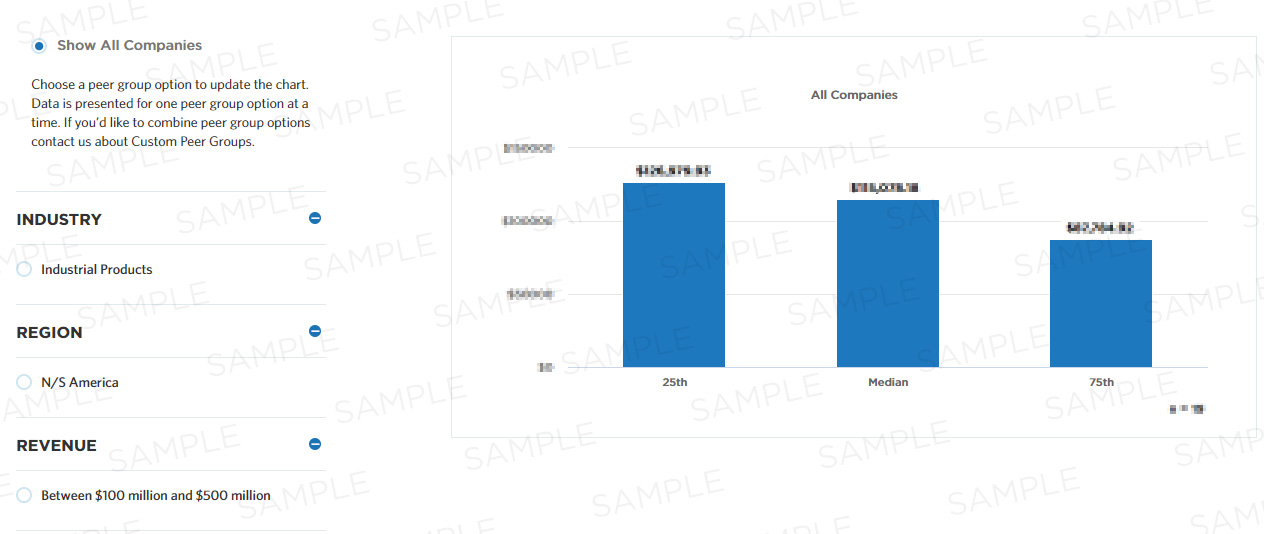Percentage of learning days delivered using classroom instruction provided by your organization
This measure calculates the percentage of days dedicated to learning that used classroom instruction provided by the organization. As part of a set of Supplemental Information measures, it helps companies evaluate additional variables not covered elsewhere for the "develop and train employees" process.
Benchmark Data
Measure Category:
Supplemental Information
Measure ID:
102245
Total Sample Size:
1,946 All Companies
Performers:
| 25th | Median | 75th |
|---|---|---|
| - | - | - |
Key Performance Indicator:
No

Compute this Measure
Units for this measure are percent.
Percentage of learning days delivered through classroom instruction provided by your organization
Key Terms
Supplemental Information
Supplemental information is data that APQC determines is relevant to decision support for a specific process, but does not fit into the other measure categories such as cost effectiveness, cycle time, or staff productivity.